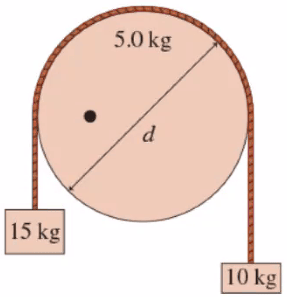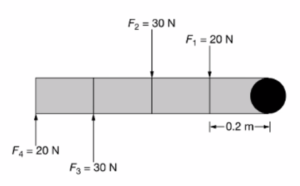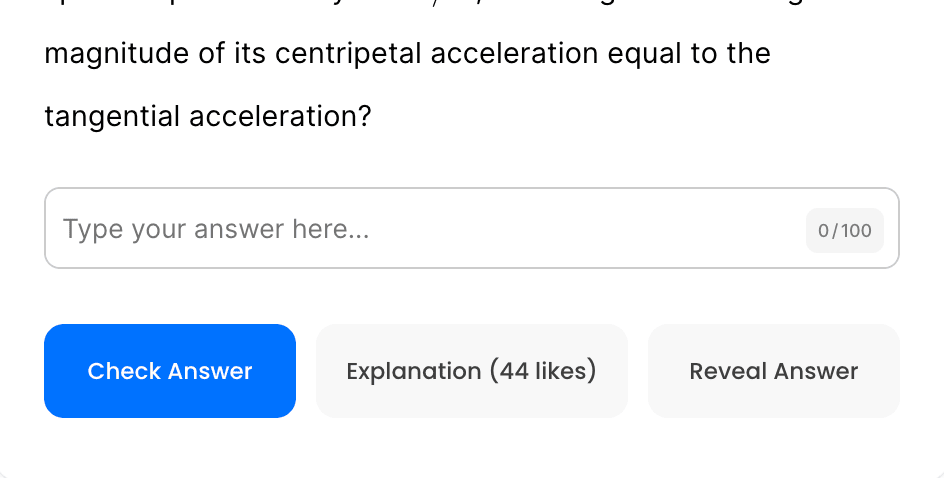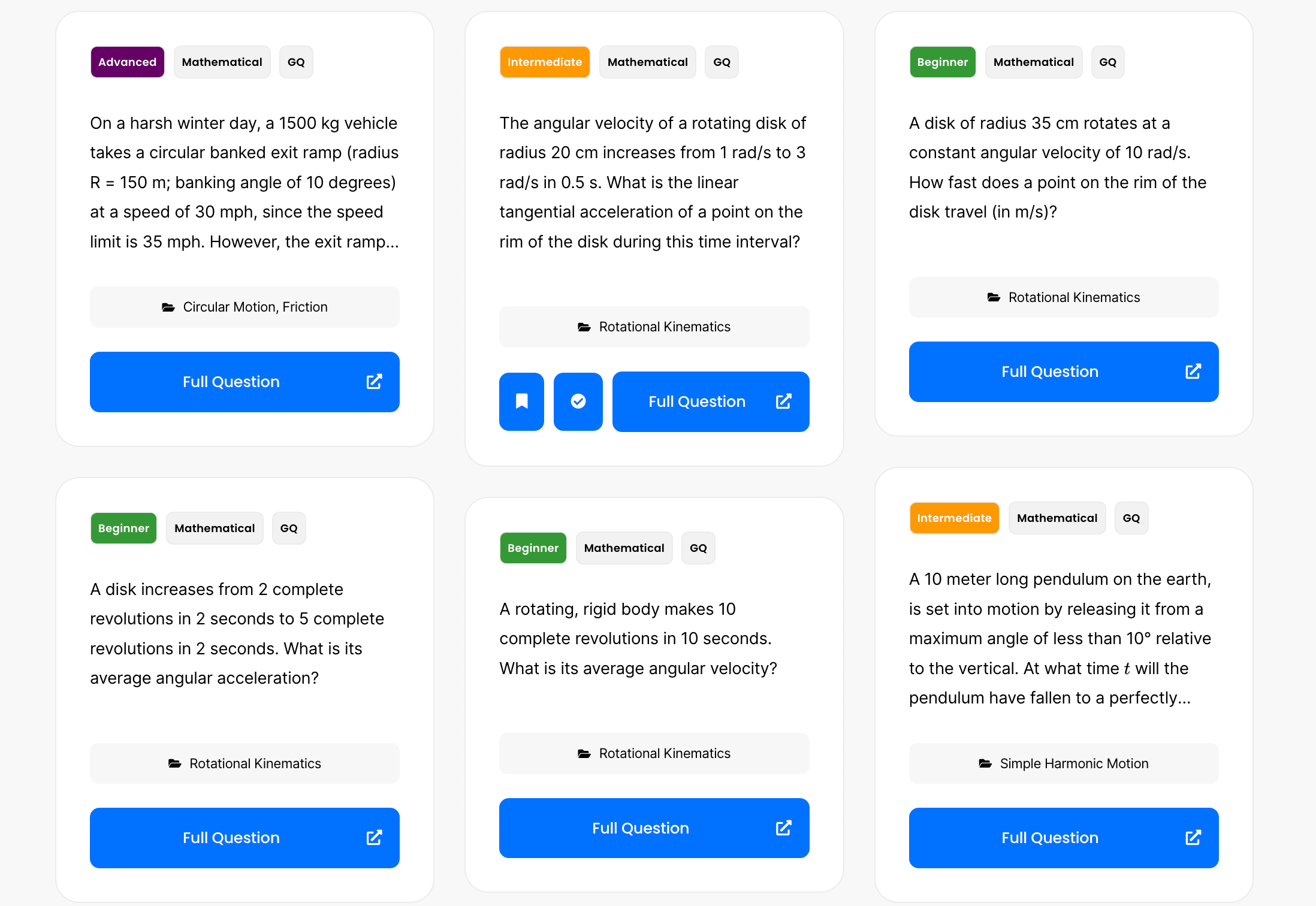A car moving at 30 m/s makes a head-on collision with a stone wall. From what height would the car have to fall in order to make an equally hard collision with the ground?
A box of mass \(m\) is initially at rest at the top of a ramp that is at an angle \(\theta\) with the horizontal. The block is at a height \(h\) and length \(L\) from the bottom of the ramp. The coefficient of kinetic friction between the block and the ramp is \(\mu\). What is the kinetic energy of the box at the bottom of the ramp?
Wanda watches the fish in her fish tank and notices that the angelfish like to feed at the water’s surface, while the catfish feed \( 0.300 \) \( \text{m} \) below at the bottom of the tank. If the average density of the water in the tank is \( 1000. \) \( \text{kg/m}^3 \), what is the pressure on the catfish?
An object undergoes constant acceleration. Starting from rest, the object travels \( 5 \, \text{m} \) in the first second. Then it travels \( 15 \, \text{m} \) in the next second. What total distance will be covered after the 3rd second?
Which of the following best explains why astronauts experience weightlessness while orbiting the earth?
Two uniform solid balls, one of radius \( R \) and mass \( M \), the other of radius \( 2R \) and mass \( 8M \), roll down a high incline. They start together from rest at the top of the incline. Which one will reach the bottom of the incline first?
A car accelerates from rest with an acceleration of \( 3.5 \, \text{m/s}^2 \) for \( 10 \, \text{s} \). After this, it continues at a constant speed for an unknown amount of time. The driver notices a ramp \( 50 \, \text{m} \) ahead and takes \( 0.6 \, \text{s} \) to react. After reacting, the driver hits the brakes, which slow the car with an acceleration of \( 7.2 \, \text{m/s}^2 \). Unfortunately, the driver does not stop in time and goes off the \( 3 \, \text{m} \) high ramp that is angled at \( 27^\circ \).
A solid ball of mass \( M \) and radius \( R \) has rotational inertia \( \frac{2}{5} M R^{2} \) about its center. It rolls without slipping along a level surface at speed \( v \) just before it begins rolling up an inclined plane. Which of the following expressions correctly represents the maximum vertical height the solid ball can ascend to when it rolls up the incline without slipping?

The axle (the black dot) in Figure 1 is half the distance from the center to the rim. Suppose \( d = 30 \) \( \text{cm} \). What is the torque that the axle must apply to prevent the disk from rotating? Express your answer in newton-meters. Use positive value for the counterclockwise torque and negative value for the clockwise torque.
Traveling at a speed of 15.9 m/s, the driver of an automobile suddenly locks the wheels by slamming on the brakes. The coefficient of kinetic friction between the tires and the road is 0.659. What is the speed of the automobile after 1.59 s have elapsed? Ignore the effects of air resistance.

A rod may freely rotate about an axis that is perpendicular to the rod and is along the plane of the page. The rod is divided into four sections of equal length of 0.2 m each, and four forces are exerted on the rod, as shown in the figure. Frictional forces are considered negligible. Which of the following describes an additional torque that must be applied in order to keep the rod from rotating?
A baseball is thrown vertically into the air with a velocity \( v \), and reaches a maximum height \( h \). At what height was the baseball moving with one-half its original velocity? Assume air resistance is negligible.
By continuing you (1) agree to our Terms of Sale and Terms of Use and (2) consent to sharing your IP and browser information used by this site’s security protocols as outlined in our Privacy Policy.
Quick Start Guide
AP physics 1, AP C, honors and advanced physics students.
Quickly filter questions by units and more.


Here’s guide to using 5 UBQ filters.
GQ = general question, MCQ = multiple choice, FRQ = free response.


Click the check or bookmark button.
Now you’ll be able to see completed or bookmarked questions at a glance!
Answer keys, personalized for you.

Phy will be responsible for grading your FRQs and GQs.
No more copy and pasting. Just solve and snap.
Questions for Mastery

By continuing you agree to nerd-notes.com Terms of Service, Privacy Policy, and our usage of user data.